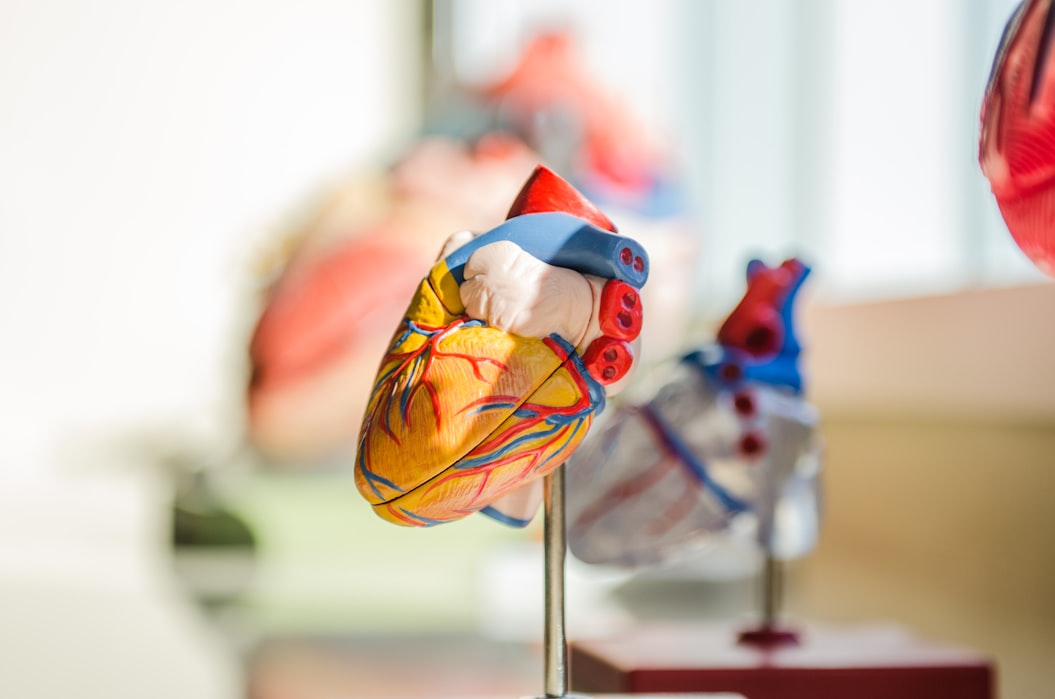Oct 3
2019
Saving More Lives with Smart Electronic Health Technologies

Defibrillators for Cardiac Arrest
Roughly 610,000 people die of heart disease in the US, making it is the leading cause of death for men and women according to the Centers for Disease Control and Prevention (CDC). Each year, around 735,000 Americans have a heart attack. Responding to a heart attack swiftly is essential to saving a life. Using automated external defibrillators (AED) to deliver electric shock, reset the cardiac rhythm, and restore circulation can be a great help to victims. In combination with cardiopulmonary resuscitation (CPR), an AED improves the chances of survival of a person who is experiencing cardiac arrest.
Smart Insulin Pumps and Glucose Monitors
Another leading cause of death in the US is diabetes, with over 80,000 diabetes-related deaths occurring per year, according to the CDC. Although there is no cure, diabetes is a manageable disease and smart devices enable patients and healthcare providers to control it’s symptoms properly. Monitoring glucose levels is important when planning meals, activities, and medications. It also allows for timely and quick responses to high or low blood sugar levels. In this regard, continuous glucose monitors can keep an eye on a patient’s levels, day or night. Treatment devices include smart insulin pumps and glucagon formulations. Pumps can also collect valuable data to prevent insulin overdose, as well as connect to a mobile device using an app to monitor the status of the pump.
Bluetooth Enabled Smart Inhalers
There are more than 25 million adults with asthma, and 1 out of 12 school-aged children also have the condition, according to the Asthma and Allergy Foundation of America (AAFA). Inhalers are the primary treatment options for those with asthma and if taken correctly, will be effective for 90% of patients. However, research indicates that only 50% of patients have their condition under control. Using Bluetooth-enabled inhalers can improve asthma management. A tiny device fitted to the inhaler will record the date and time of each dose and data will be sent to the smartphones to enable patients to monitor and keep track of their condition.
Electronic health technologies have an important role in the diagnosis, treatment, and management of diseases. By using them properly, they can also save more lives and help those with chronic conditions.